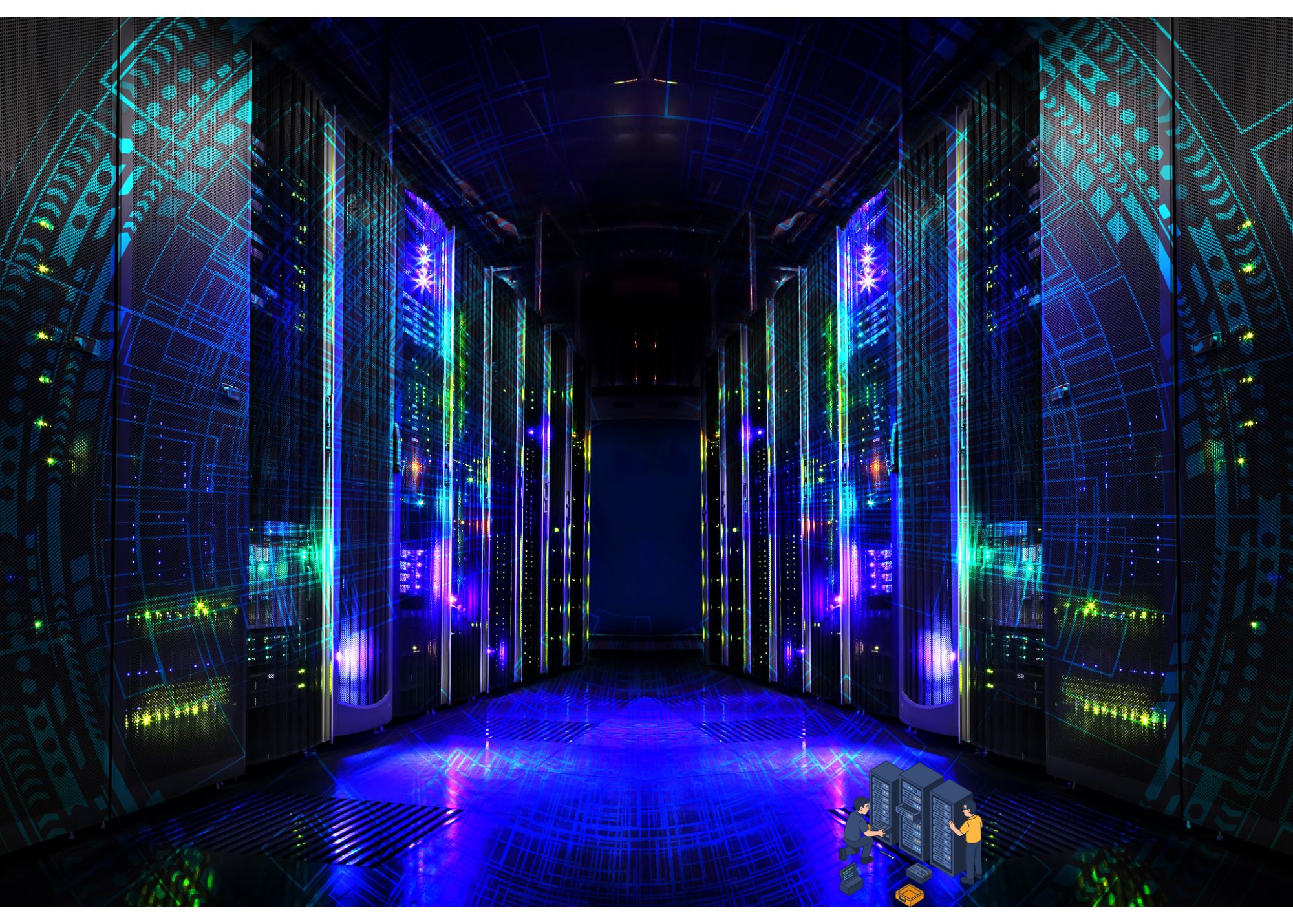3 Under The Radar Stocks To Buy During a Selloff
Selloffs can look scary at first but they also create excellent opportunities to buy top stocks at discounted prices. As the market falls, it often takes well-managed, successful businesses with it. In many cases, the low prices don’t last long because investors quickly adapt their strategies and start adding strong companies to their portfolios.
Which top stocks should you buy during the current selloff? Here are 3 under the radar, top contenders:
Home Depot (HD)
Home Depot did quite well during the pandemic because many people decided to use their stimulus checks and free time to upgrade their homes. The stock price peaked at $415 on December 31, 2021, before beginning a slow slide downward. At the beginning of Q3 2022, you could buy shares for less than $280.
Despite the company’s falling stock price, it maintains its position as the industry leader, beating competitors like Lowe’s, Menards, and Tractor Supply.
Home Depot even does an excellent job competing against its own historical results. 2022 Q1 financials show Home Depot:
- Had its highest sales in the company’s history ($38.9 billion).
- Experienced single digit growth compared to 2021 Q1.
- Managed to fulfill more than 50% of its online sales through in-store pick-ups.
You can probably expect fewer professionals and DIY homeowners to spend money on home improvements this year. Higher inflation and ongoing supply-chain challenges will likely prevent some households from meeting their goals.
Investors will know more about how the changing economy affected Home Depot after the company releases its Q2 report. Until then, many people will expect the worst.
Even if Home Depot posts some disappointing numbers, it retains industry superiority that makes it an attractive addition to a diversified portfolio. Once consumer confidence improves, people will start spending more money on their properties. If you buy shares now, you can take advantage of the price increase as the economy recovers.
Brookfield Infrastructure Corporation (BIPC)
Brookfield Infrastructure Corporation primarily provides natural gas and electricity transmissions. It serves a growing number of markets, which helps diversify the company’s revenue sources and protect the stock price from wild swings.
You can see the stabilizing effects of BIPC’s diversity in its stock price over the last couple of years. While subject to the same ups and downs as other stocks, its price hasn’t changed as dramatically. Recently, though, the price dropped from $52.23 to $41.22. That’s the biggest drop it has experienced in a year.
The current slump probably won’t last long for Brookfield Infrastructure, though. When we ran the numbers, BIPC had 18.6% upside to $50.93 based on a projection of its cash flows.
Garmin (GRMN)
Last September, Garmin’s stock price reached an all-time peak of $176.11. As Q3 2022 kicked off, you could buy a share for slightly less than $100. Generally speaking, Garmin has performed well over the last few years, especially for a company that has been hit hard by supply chain disruptions, heavy competition, and low consumer confidence.
Smartphone apps have become Garmin’s biggest competitor. Unfortunately for Garmin, many of those apps provide basic features without charging users any money. If you want driving directions, you might choose Google Maps over Garmin. Customer decisions shift when they want richer, more targeted features, though. Garmin has excelled in the fitness sector.
Garmin products also do well among outdoor enthusiasts. When people plan to hike deep into the forest, they don’t want to rely on free apps. Garmin’s superior technology becomes essential, and the price seems practically irrelevant compared to the safety users get in return.
Turning to the financials, the company has been delivering on top line growth. It generated $1.31 billion in revenues in 2020 and $1.53 billion in 2021. We see lots of upside potential for the company. A valuation analysis suggests the share price could pop all the way to $151.82, representing 54.1% upside at the time of research.
Investors are clamoring for more innovation from the company, such as improving battery life and GPS accuracy. Garmin has done a remarkable job in these areas. Its Venu 2 Plus fitness tracker can go nine days between charging. At less than $500, anyone serious about athletic performance and fitness tracking will find value in this device.
Garmin has also released exceptional products for wearable maps, satellite communicators, semi trucks, and boats. As soon as the average shopper feels better about spending a couple hundred dollars on a device that works better than a smartphone app, Garmin should reap the rewards.



